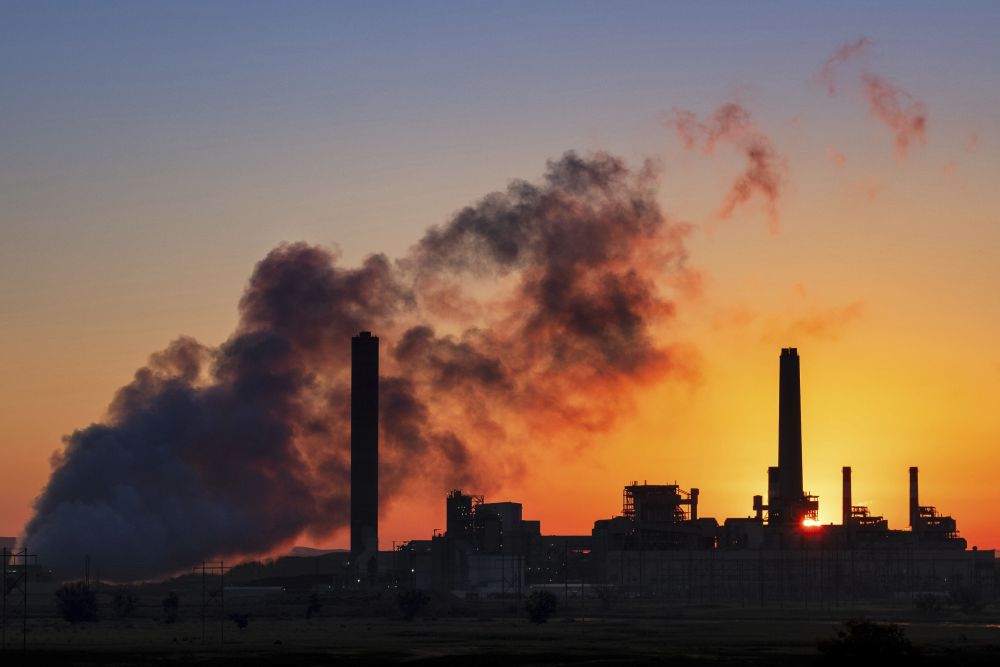India Becomes Only G20 Nation Moving Towards its Paris Agreement Target, States a Report
While no nation is anywhere near fulfilling the targets set in Paris Agreement, India is the only G20 nation to work on its goal, according to the 2020 Climate Transparency Report. Made up of the 20 largest economies in the world, G20 nations committed to limit the average global temperature rise to 1.5 degree Celsius; however, India is the only country that is moving towards reducing emissions to help reduce the rapid global warming.
The countries made pledges under the Paris Agreement to cut emissions through utilizing renewable energy, closing coal plants, and eliminating the use of fossil fuels among other goals. But these targets have barely been met.
According to Tasneem Essop, Executive Director of Climate Action Network International,
The G20 represents some of the highest emitting countries in the world. They, therefore, have a responsibility to lead with ambitious climate action. The Climate Transparency Report not only helps these countries understand how much more they need to do, but also helps citizens in holding these governments accountable for implementing the Paris Agreement.
Although, various climate policies have succeeded in declining energy-related emissions in the G20 nations for the first time in 2019; and the use of renewable energy sources increased in 19 countries. The transport and industry emissions increased in 2019, while the same may have reduced in 2020 owing to the coronavirus lockdowns.

India becomes only G20 nation to work towards its Paris Agreement targets | Image: J. David Ake/AP
It is imperative to work harder towards achieving the goals set in the 2015 Paris Agreement – which aims to strengthen the global response to the rapidly changing climatic patterns. If the world succeeds to achieve the mitigation target of limiting the temperature increase to 1.5 degrees Celsius, the risks and impacts of climate change will certainly be reduced.
According to the report, to achieve that goal global carbon emissions are required to decline by 45 percent by 2030 and reach net-zero by 2050. More significant reductions among the biggest carbon emitters and more advanced economies are the sole way to do so.
G20 energy-related carbon emissions are likely to decrease by 7.5 percent in 2020. Without revolutionary climate action by the world communities, emission growth will rebound and the goals of the Paris Agreement will remain unmet, leading to catastrophic destruction.
Meanwhile, the country – which is home to nine of the ten most polluted global cities – is well on track toward exceeding the emission targets and there could be USD 401 billion worth of capital expenditure on a green future in the coming years. In a report, Bank of America Securities said that there are seven major drivers for the change, including the pressure on cut diesel intake, increase in the use of natural gas and renewable energy, stricter emission norms, and better energy efficiency.
Between 2015 and 2030, India could drive USD 401 billion in capex towards a green future, gain 106 GW in energy savings by adopting renewals, and reduce C02 by 1.1 billion tonne per annum, helping her exceed the 2015 Paris Agreement.
Said the report, which also noted that India is among the most polluted globally, across air, water and noise pollution.
Given the failure of many efforts that Indians have done for the betterment of the polluted state of the environment in the country, it isn’t surprising that the nation is still battling various environmental issues. But it seems the 2015 Paris Agreement became a turning point and the progress so far suggests that India could exceed its set target.
Under the Paris Agreement signed in 2015, India has committed to cut greenhouse gas emissions by 33-35 percent, increase renewable energy capacity to 40 percent from 28 percent in 2015, add a carbon sink of 2.5-3 billion tonne CO2 per annum by increasing the forest cover, all by 2030. Since then, the country has brought together some pollution control norms similar to the inflection seen in various other countries.


